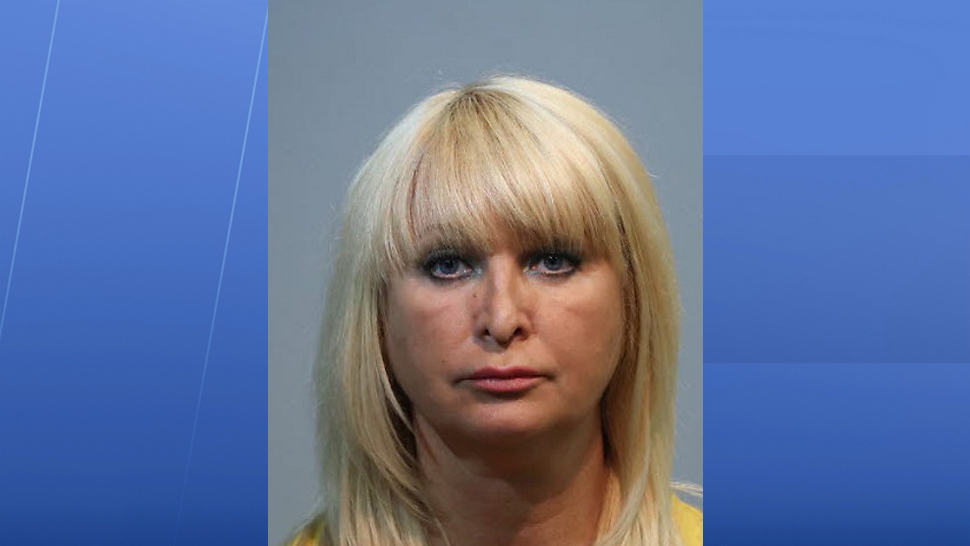CASSELBERRY, Fla. — There’s a saying: "Diamonds are a girl’s best friend." But what if those diamonds are fake?
- Woman suspected of selling lab-grown diamonds as real ones
- South Florida woman charged with larceny, fraud in Seminole County
- Accused of selling synthetic stones in Winter Park, Casselberry
- RELATED: More Seminole County news
Lyudmila Galkina, 54, a Miami-area resident, is facing charges for selling lab-grown diamonds as the real thing.
Officials say they are working on a more comprehensive investigation of other cases in which Galkina, a real estate saleswoman from Sunny Isles Beach, is suspected of selling synthetic gems as real ones in Florida.
The owner of Monarch Jewelry in Winter Park called police at 7 p.m. Wednesday, saying he was “going to be the target of diamond fraud,” a police report said.
The owner said he heard about another business, Mike's Pawn & Jewelry, paying Galkina $5,500 for what she claimed were “organic diamonds.”

The pawn shop owner later tested them at Monarch Jewelry and determined they were “synthetic” stones. Both businesses received calls from a man with a "Russian accent" about whether they bought loose diamonds, police noticed.
Monarch Jewelry helped investigators. Galkina walked into Monarch at 10 a.m. Thursday while investigators waited for her outside. The store’s owner called those cops after she sold two loose diamonds and two diamond earring studs for $6,000, or about double their estimated value.
“Galkina explained that she is from the Ukraine and was selling these because she needed money,” a report said.
The buyer tested them and determined they were synthetic, with a retail value of about $3,000. Real ones would have been worth $12,000.
Galkina was arrested and booked into The John E. Polk Correctional Facility in Sanford. She was later released after posting a $6,000 bond.
What's the "Real Thing"?
Shawn Przeclawski has been a certified gemoligist for 15 years. He works for his family business at Monarch Jewelry in Winter Park.
He says there are two types of diamonds: the natural kind that come from the earth, and the ones that Galkina tried selling him, which were synthetic.
“They are made in a lab," Przeclawski explained. "If you have the right materials, the right equipment, you can produce as many as you like.”
These diamonds made in a lab have been showing up more and more in the last 10 years.
So how do you spot diamonds made with technology? By using technology.
Jewelers use a machine called a "Smart Pro" diamond detector. In three seconds it can determine if a diamond is natural and from the earth, or if one is synthetic and made in a lab.
By placing the diamond in the little machine, if the lights flash blue after a few seconds then, that means its a real diamond. If the Smart Pro flashes red lights, that means it is not a natural diamond that came from the earth.
The Diamond Producers Association says laboratory-grown diamonds are made in two to three weeks in factories. However, a genuine diamond “possesses a fingerprint that is tens of millions of years in the making," DPA Chief Executive Officer Jean-Marc Lieberherr said in a statement last year.
“Natural diamonds are inherently rare and valuable, whereas laboratory grown diamonds are produced rapidly and at scale, limiting their value and negating resale value,” the association said last year.



